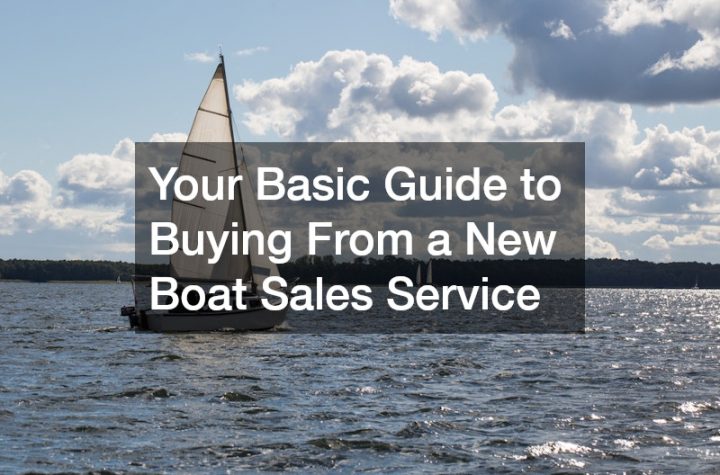


A ballast system is something stored on a floating type of structure. Ballast systems are used for boats, ships, and various other water vessels. Something out on water should have weight stored on the vessel. In earlier times, metals were often used to weigh a ship down.
However, new ways of thinking led to water being used as a ballast. This innovation quickly became the way that most ships weighed themselves down. It is common to wonder why a ballast is in place, if cargo already weighs a ship down. What is a ballast system now differs greatly from what was once used.
What Does a Ballast System Do?
A ballast system provides weight to help provide stability to a ship or boat on the water. Cargo will help to weigh down something at sea. However, the ballast tank is meant to be stored directly at the bottom of a vessel which also lowers a vessel’s center of gravity. Having a lower center of gravity helps to ensure a ship stays upright.
Why do You Need a Ballast System?
Without a ballast system in place, a ship is more prone to wobbling and tipping over. If a ship is sailed on seemingly dangerous waters, the risk of wobbling is more frequent. A ballast system, especially on stormy waters, is imperative to help ensure a ship stays level and afloat.
What Causes Damage to a Ballast System
One thing that can be extremely harmful to a ballast is mussels. How do mussels hurt ballast systems? They will find their way into a ballast tank which can cause numerous problems. One major problem is the spread of further mussels into a ballast system. Why are mussels bad for ballast systems? In addition to the spread of additional mussels, they also can contaminate other water supplies.
In closing, a ballast system is extremely helpful to modern day sea vessels. What is a ballast system has changed throughout history. Older times called for metals to be used to help weigh a ship down. Water is the most common ballast system that is currently being used. Using water also allows for the ship to be drained when approaching more shallow waters.




More Stories